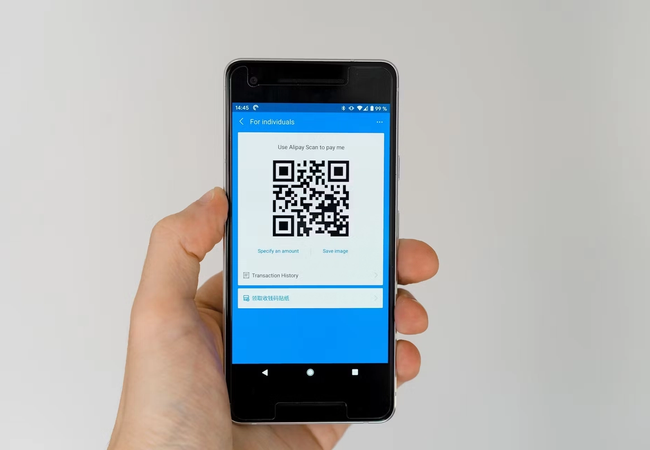
product
The historic move of demonetization in India in 2016 took the country by storm, resulting in an unexpected boom for digital payments. Paytm, among several other digital payment platforms, saw a massive surge in users practically overnight. The convenience of quick transactions through a mere scan and tap was enticing.
However, with widespread adoption, challenges began to appear. By 2018, fraudulent activities in the form of fake payment screenshots began to emerge, causing concerns for merchants and the platform alike. I recently had the opportunity to dive deeper into this issue on "Product Vault," a podcast by Cyces, where I spoke with Karthik Kumar. He was involved in the product development of the Paytm Soundbox.
“But then users started showing screenshots. Instead of showing the screens from their app, the fraudulent customers started showing the screenshots. It's very simple to create a screenshot, right? It's a very simple screen, green tick. So with this, the fraudulent cases started increasing significantly, and then merchants' willingness to adopt a product like Paytm … started reducing.”
Recognizing the issue, Paytm brainstormed solutions. They came up with a unique transaction counter, detailed by Karthik:
“So at this point of time, Paytm introduced another particular attribute on this page, which was essentially a counter. For example, let's say you scan a particular vendor's QR code, and let's say you are the first customer for the day, there will be the number one on your payment confirmation screen. So every time the merchant sees the screenshot, they'll see if the number is the latest number. Okay. And this is something that a regular customer might not have visibility into.”
However, even this ingenious solution had its loopholes. Crafty fraudsters found ways around it:
“But even with this number, interestingly a group fraud came into picture where let's say the first customer who pays, he will know the correct number. And it's easier for his friend who's just going to pay next to change the number on the screenshot. Right, wow. So we had all these intelligent people like coming and skewing all the measures we were putting in place. So yeah, so with this, again, the reliability or the authenticity of payments, we had a question mark there.”
The eureka moment for Paytm came through an unexpected source - their CEO, Vijay Sekhar Sharma:
“So when Vijay Sekhar Sharma, the CEO himself, was trying to do payments on one of the roadside stores, he encountered this problem where the particular merchant was not receiving SMS and they were confused whether to accept this payment or not. That is when this idea came in where we wanted to kind of have a very merchant-friendly solution where they're able to know that the payment is embedded in a more reliable manner at the same time something that is not very susceptible to fraud. So that is when this sound box as an idea came into picture.”
The introduction of the Paytm Soundbox was their answer. It confirmed transactions audibly, providing both clarity and assurance to merchants, decreasing chances of fraud in a simple, yet effective manner.
Listen to the entire podcast here.
Check out the other blogs:
leveraging tech for
business growth
Cyces.